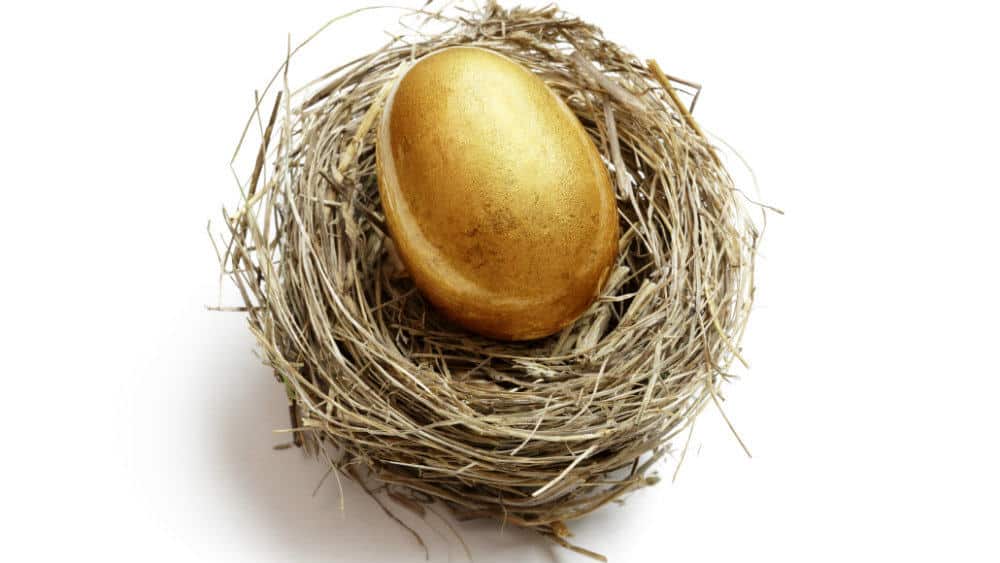Making a sizable enough nest egg should be on every investor’s agenda. Whether you want it as your retirement plan or as a safety net, if the short-term investments turn to losses, having a decent enough sum tucked away is important. BTB REIT (TSX:BTB.UN), TransAlta Renewables (TSX:RNW), and Capital Power are three dividend studs to consider for your nest egg.
A small REIT
With a market cap of $300 million, BTB is among the smallest REITs in the country. The company is currently operating in eastern Canada and owns a total of 66 commercial, industrial, and office properties.
This small REIT has a large dividend yield — 8.73%. The company has kept its dividend payouts steady since 2015, paying $0.42 per share. A payout ratio of 65.53% is also very sustainable and unusually low for an REIT with such a high dividend yield.
The current market value of the company is $4.85 per share. It’s an almost 13% increase in the last three years. A low trailing price-to-earnings ratio of 6.12 compared to the real estate sector, and a price-to-book value of 0.9 indicates an undervalued stock. It might be time to fill up your TFSA with this high-yield company.
Clean and green energy
TransAlta Renewables is a subsidiary of TransAlta and has a market cap of $3.89 billion. The company operates three major property types, hydropower plants, wind farms, and gas power plants. The company has many long-term power-purchase agreements in the country as well as in the U.S., which will keep the business flourishing for years to come.
TransAlta Renewables is a Dividend Aristocrat with a history of increasing dividends for five consecutive years. The current dividend yield is a juicy 6.43%. With a beta of 1.21, the company seems relatively stable.
The company’s growth is also a major factor to consider. Over the last three years, the company has increased its market value by more than 13%. The growth this year has been even more substantial at almost 30%. At the current market value of $14.68 per share, the company is trading near its fair value.
Underdog of the power sector
With a $3.42 billion market cap, Capital Power is one of the smaller players in the power sector. The company has a total of 25 facilities in the country and the U.S. Employing coal, solar energy, wind, natural gas, and waste heat, the company produces nearly 6,000 MW.
As another Dividend Aristocrat, Capital Power has increased its dividends for five consecutive years. The yield right now is a decent 6%. Even as the lowest of the three on this list, this yield has the potential to pay back your initial investment in under 17 years with just payouts.
The company has grown around 58% in the last three years. If it keeps the same pace, your investment will double in a matter of five years. It’s less if you reinvest the dividends.
Foolish takeaway
Chasing only the dividend yield is not a prudent investor approach, but capitalizing on the high yield of good, sustainable companies is a smart move. If you couple the growth potential of the company with good dividend yield, your composite sum of capital gains and dividend growth has the potential to make you a millionaire in fewer than 30 years.









